In today's economic development pattern, the low altitude economy is gradually emerging as an emerging field that has attracted much attention. Among the many application scenarios of low-altitude economy, UAV aerial inspection has built a highly promising business model by virtue of its unique advantages, bringing changes and opportunities to many industries.
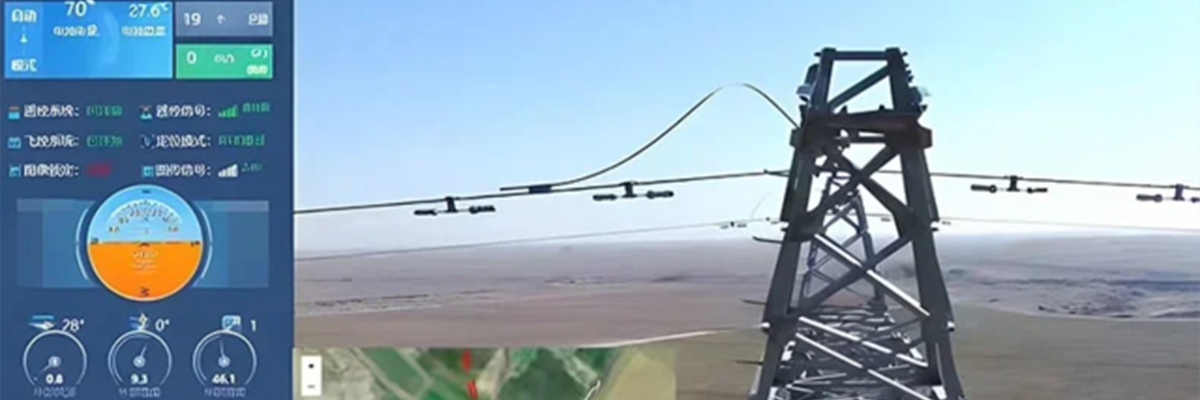
Low-altitude economy mainly refers to the economic activities carried out in low-altitude airspace (usually below 1,000 meters), covering a variety of fields such as air tourism, emergency rescue, agriculture and forestry plant protection, drone logistics and distribution, and drone aerial inspection, which is the focus of our discussion. In recent years, with the rapid development of technology, low-altitude economy has ushered in a golden development period. On the one hand, the manufacturing technology of small aircraft is becoming more and more mature, and the cost is decreasing; on the other hand, the advancement of navigation, communication, artificial intelligence and other technologies provides a solid guarantee for the safe and efficient operation of low-altitude economy. According to relevant data, in the next few years, the scale of the global low-altitude economy will continue to grow at a high rate and become a new engine for economic development.
Drone Aerial Inspection: Accurate and Efficient Industry“Scouts”
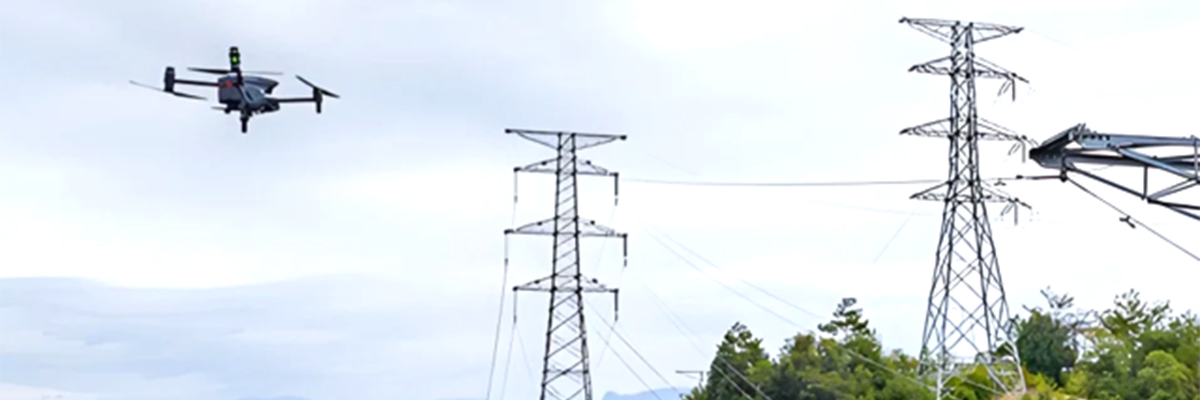
In many industries, the safe maintenance of infrastructure is crucial. Traditional manual inspection methods not only consume a lot of manpower, material resources and time, but also suffer from low efficiency, high safety risks and limited detection accuracy when facing complex terrain, harsh environments and high-altitude operations. UAV aerial inspection is a perfect solution to these pain points.
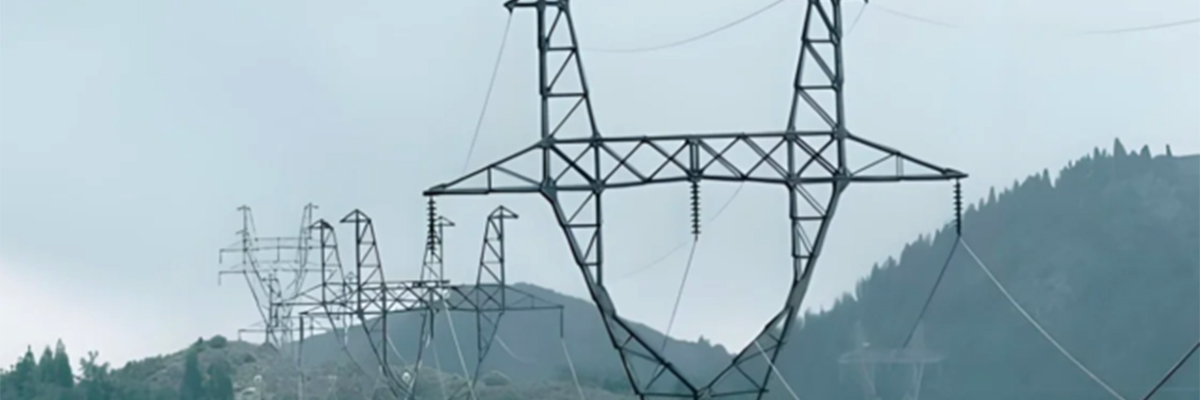
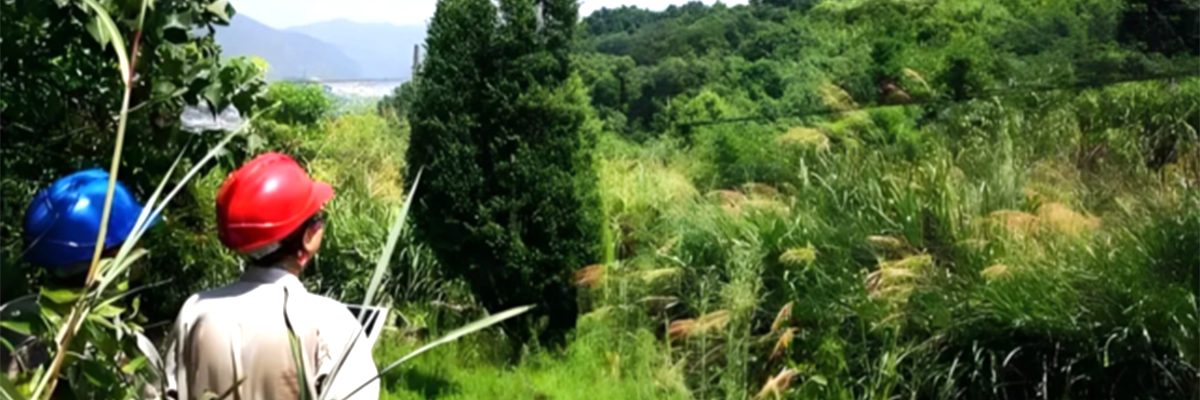
Power Inspection
Taking the electric power industry as an example, drones equipped with high-definition cameras, infrared thermal imagers and other professional equipment can fly quickly along the power lines and collect images and data of line equipment in real time. Through the intelligent analysis system, it can accurately detect the existence of line damage, aging, heating and other abnormalities, and timely detection of potential safety hazards. Compared with manual inspection, drone air inspection efficiency greatly improved, originally need days to complete a long-distance transmission line inspection work, the drone may only need a few hours to complete, and the detection accuracy is higher, can find millimeter-level subtle defects.
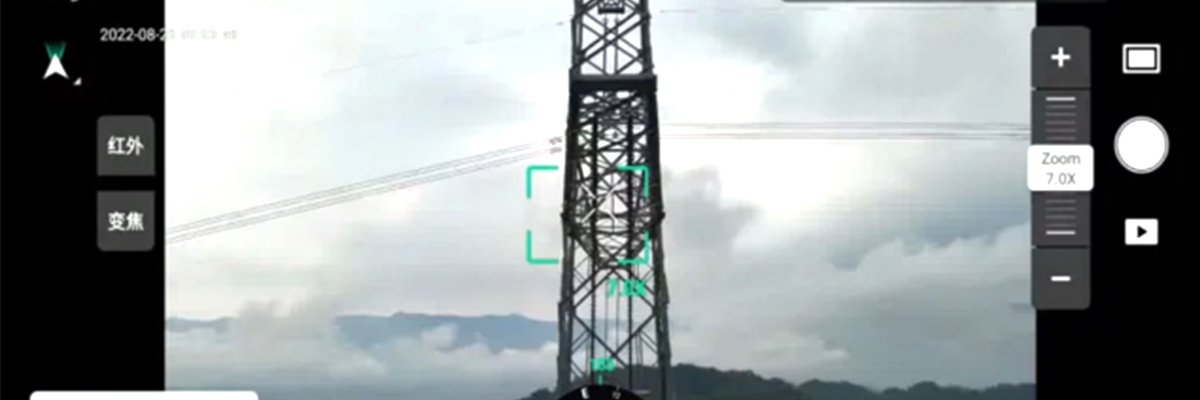
Energy Inspection
In the field of oil pipeline inspection, drones also play an important role. It can fly along the winding pipeline, monitor the environment around the pipeline in an all-round way, and discover pipeline leaks, third-party construction damage and other situations in a timely manner. Moreover, drones can easily reach remote areas and complex terrain areas that are difficult for humans to reach, ensuring that pipeline inspections have no dead ends.
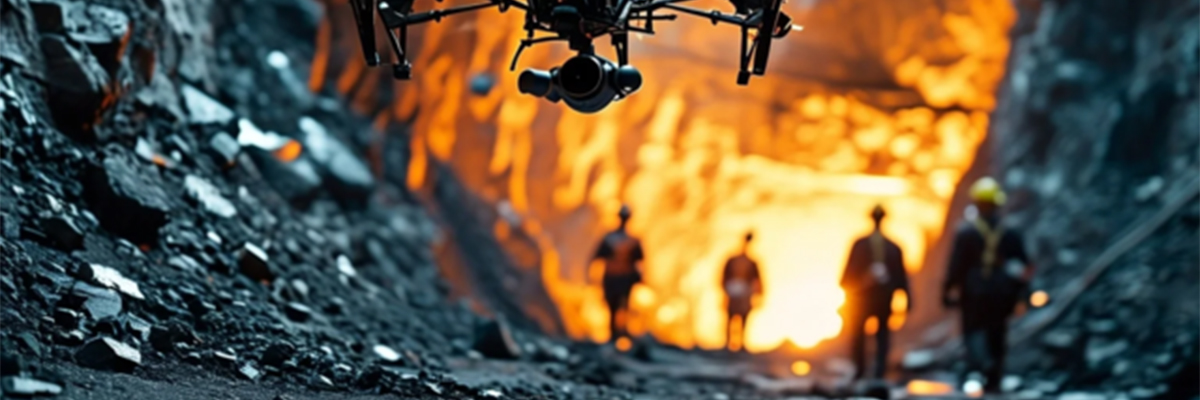
Traffic Inspection
Drones can conduct high-frequency inspections of highways to fill in the blind spots of video surveillance. They can monitor pedestrian violations on highways, abnormal parking on roads and vehicle congestion, thus reducing the frequency of accidents. In urban traffic management, drones are used to respond to emergencies. When conditions at the scene are dangerous or obstructed, rapid deployment of drones can detect the scene conditions in a timely manner and provide the necessary information support for subsequent processing. Some UAVs are equipped with automatic takeoff and landing and flyer-less functions, and are able to intelligently generate inspection routes based on three-dimensional models. The application of this technology can improve inspection efficiency and reduce the risk of human intervention. The development of multifunctional UAV devices provides more options for traffic inspection, including UAVs with over-the-horizon autonomous flight. These devices can not only perform routine inspections, but also meet the needs of special environments. The application of UAVs in traffic inspection effectively improves the coverage and real-time nature of monitoring, which can provide more accurate data support for traffic management and promote the improvement of traffic safety and efficiency.
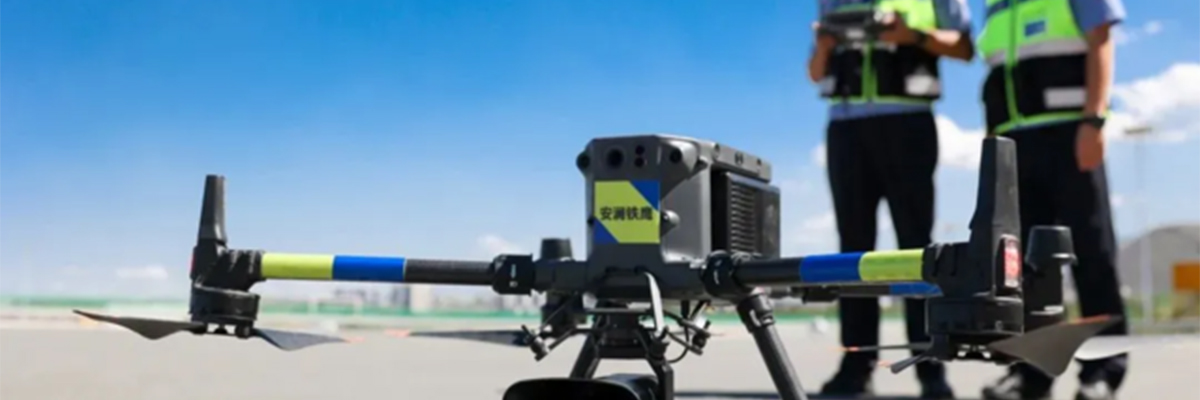
Drone Aerial Inspection: What are the Advantages?
Efficiency
Rapid deployment: drones can be quickly deployed to the area to be inspected, reducing the time required for manual inspection.
Wide coverage: UAVs are able to cover large areas, especially in hard-to-reach terrain, and can quickly access information.
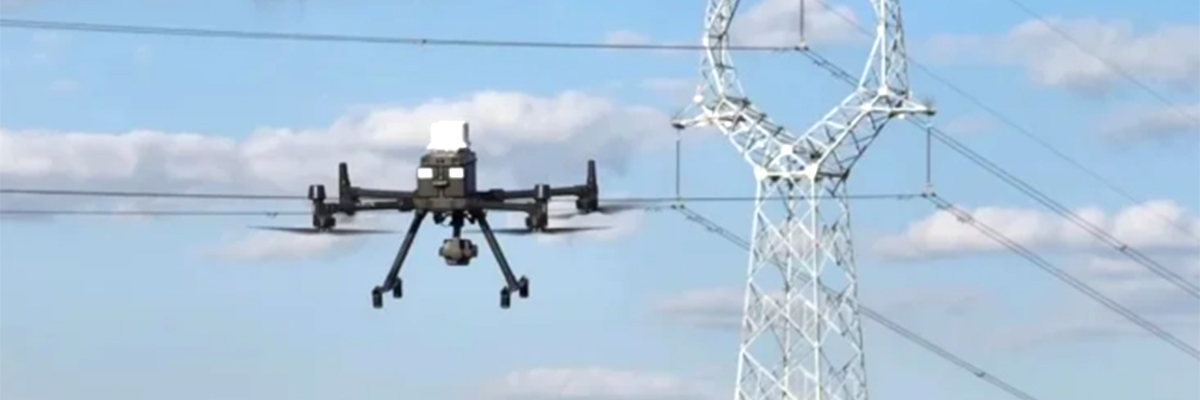
Safety
Reduced risk: When inspecting in high-risk areas (e.g. high altitude, near hazardous chemicals, etc.), drones can avoid personal injury.
Real-time monitoring: Drones can transmit video and data in real time to detect potential safety hazards in a timely manner.
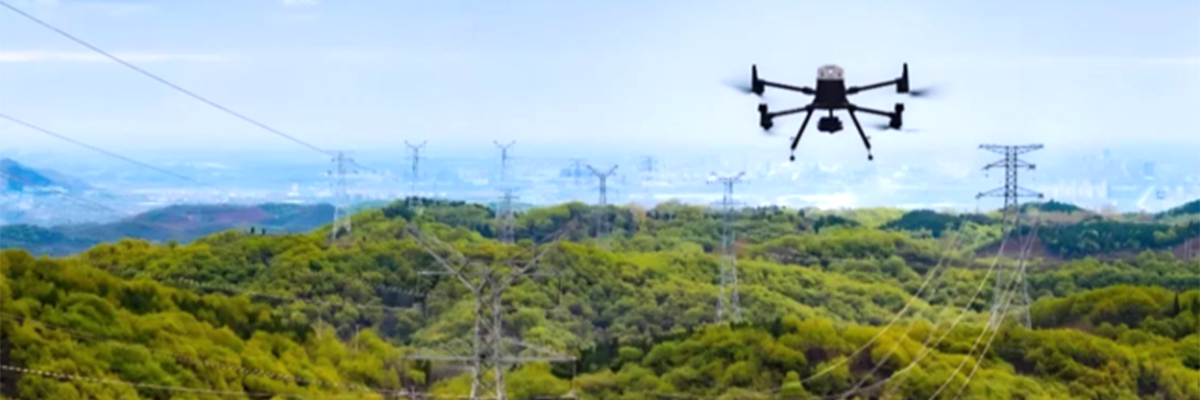
Cost Benefits
Reduced labor costs: Using drones for inspections can significantly reduce labor costs, especially in situations where frequent inspections are required.
Reduced equipment wear and tear: Drone inspections can reduce reliance on traditional equipment and reduce the frequency of equipment maintenance and replacement.

Data Accuracy
High-definition images and data: Drones are equipped with high-resolution cameras and sensors, allowing them to obtain more accurate data to help analyze and make decisions.
Multiple Sensor Integration: UAVs can carry multiple sensors (e.g. infrared, thermal imaging, etc.) to acquire different types of data and provide comprehensive
inspection information.
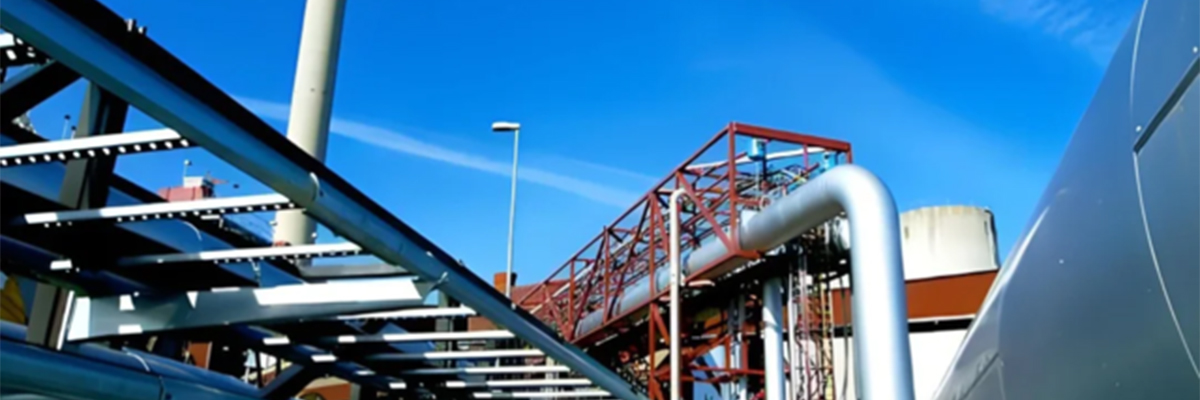
Flexibility
Adaptation to multiple environments: The UAV is able to work in a variety of weather conditions and terrains, making it highly adaptable.
Customized missions: flight routes and missions can be customized according to different inspection needs, with high flexibility.
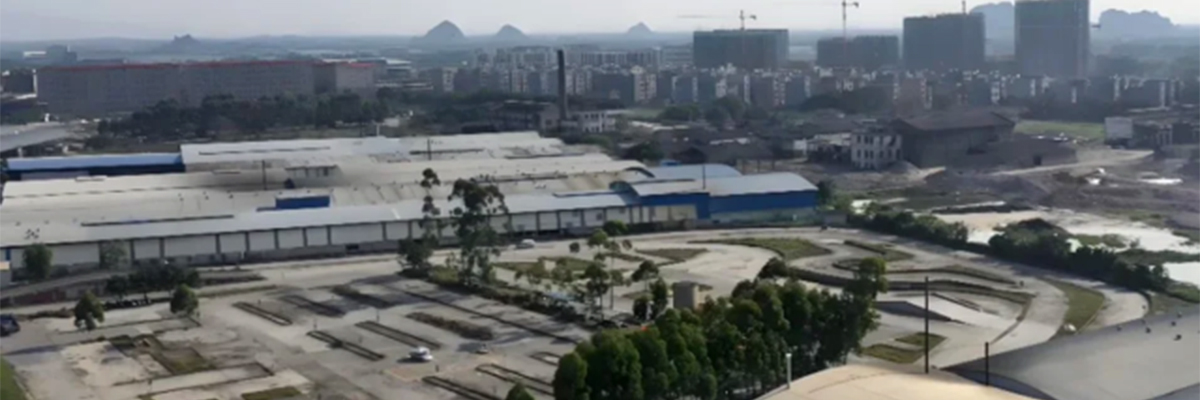
Drone Aerial Inspection: Anatomy of a Business Model Behind the Scenes
Fee-for-service Model
For many organizations, the cost of acquiring and maintaining drone equipment and professional operators is high. As a result, professional drone inspection service providers have emerged. These providers acquire advanced drone equipment, train professional flyers and data analysis teams, and provide one-stop drone aerial inspection services for customers. Customers pay for the services according to the scale, duration and area of the inspection project. For example, in the pipeline inspection program of a large energy company, the service provider may set a fee based on the length of the pipeline, frequency of inspection, etc., and charge a certain amount of service fee per year.
Value-added Data Service Model
Data value-added service model UAVs collect huge amounts of data during inspection, which contain great value. In addition to providing basic inspection reports, service providers can also provide customers with data value-added services by deeply mining and analyzing the data. For example, by analyzing the inspection data of power lines for many years, predicting the aging trend of line equipment, and formulating more scientific equipment maintenance plans for customers; in urban infrastructure inspection, data analysis provides decision support for urban planning and construction. Customers pay for these data services with forward-looking and decision-making value.
Equipment Rental and Training Models
For some companies that have occasional drone inspection needs, purchasing equipment is not cost-effective. This is where the drone equipment rental model comes into play. The service provider rents out the drone equipment to customers and provides the necessary operational training, charging a fee based on the length of the rental or the number of flight hours. At the same time, for some companies that want to have inspection capabilities of their own, they conduct drone operation and maintenance training courses and charge training fees. This model not only broadens the service provider's revenue stream, but also promotes the popularization of drone technology among more enterprises.
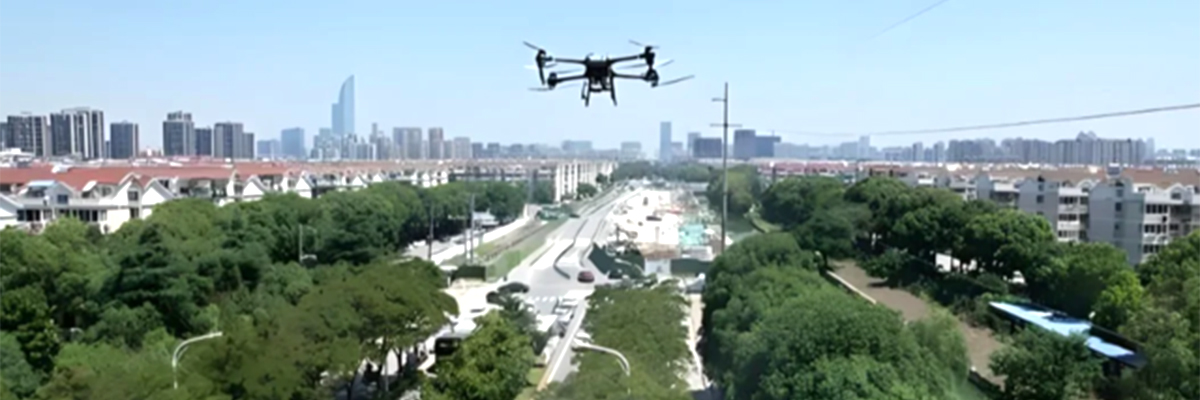
Post time: Feb-06-2025